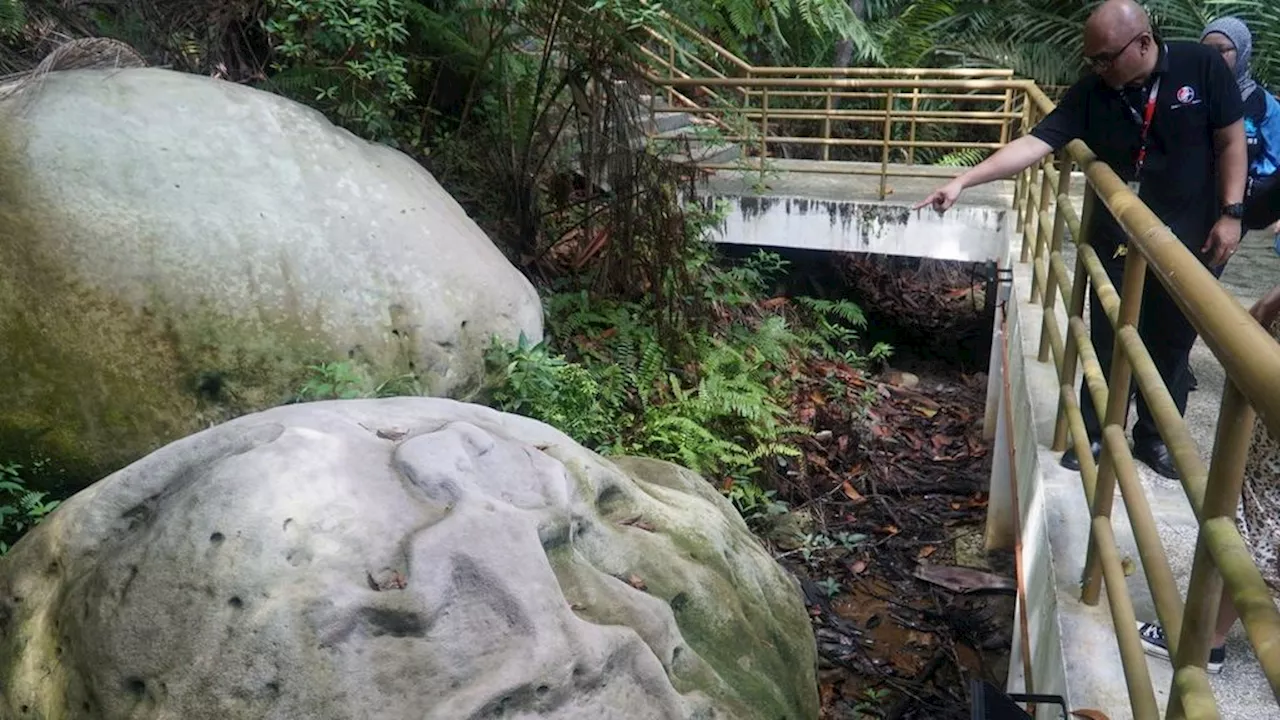Exploring the archaeological sites in Santubong, Sarawak, takes visitors' memories back to the past.
Please note that this article was automatically translated using Microsoft Azure AI, Open AI, and Google Translation AI. We cannot ensure that the entire content is translated accurately.
Santubong Village is located at the foot of Mount Santubong, approximately 30 kilometers north of the city of Kuching, the capital of Sarawak State. The travel time by car from the city center to Santubong is about an hour.According to Sherman, Santubong in the past was one of the ancient ports, along with Lembah Bujang in Kedah, Peninsular Malaysia, which also had traces of iron smelting industry. However, Santubong was smaller compared to Lembah Bujang.
Harrison explored various locations in the 600 km wide Sarawak River Delta. Santubong village was the first location that caught Harrison's attention due to the observations and various discoveries made there since the 19th century, including the Stone Pictures and Hindu terracotta statues.On the site of Sungai Jaong, Harrison found iron slag on the foot of Batu Gambar.
In Bongkisam in 1955, Harrison discovered 67,000 pieces of pottery, 49,000 pieces of pots and porcelain, more than 600 pieces of glass beads and bracelets, as well as more than 22 tons of iron slag.shrine) in 1966. This 3 m x 2.40 m stone structure facing north-south is still the only Hindu-Buddhist monument that built from permanent materials found in Sarawak.
One important finding in the recent research is the remnants of buildings in the Jaong River that escaped Harrison's attention. These remnants include the floor of an iron smelting workshop made of a layer of burned clay soil that is solid approximately several centimeters thick, mixed with metallurgical waste.So far, a total of 13 floors have been identified, including eight at the foot of the hill and five on the back of the hill.
According to Christie, this iron melting is led by local people because the remnants related to the activity do not show any foreign technical influence or the presence of significant foreign populations.
